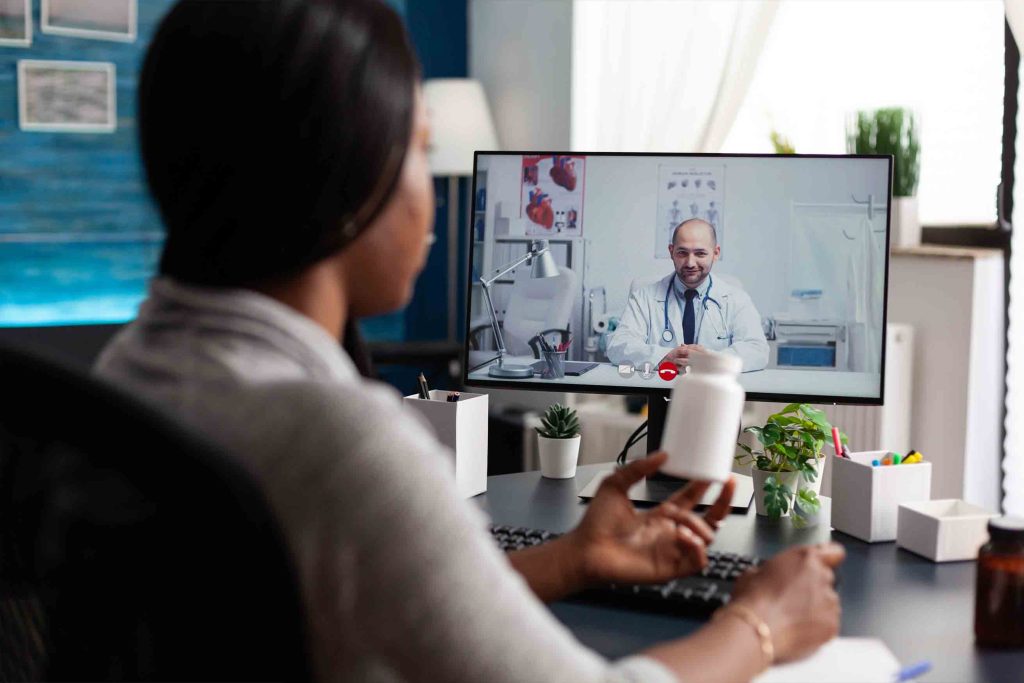Hey there, fellow spine health enthusiasts! Today, we’re diving into a game-changer in the world of healthcare: telemedicine. And guess what? It’s not just for routine check-ups anymore. We’re talking about how telemedicine is shaking up the way we manage spondylolisthesis. So, grab your favorite snack and let’s get into it!

The Rise of Telemedicine
What Exactly is Telemedicine?
Let’s start with the basics. Telemedicine, also known as telehealth, involves using technology to deliver healthcare remotely. Think video calls, phone consultations, and even secure messaging—all from the comfort of your own home.
Why It’s Taking Off
Telemedicine isn’t just a fad—it’s here to stay. And why’s that? Well, it offers a slew of benefits for both patients and healthcare providers, including:
- Convenience: No more battling traffic or sitting in crowded waiting rooms. With telemedicine, you can see your healthcare provider from anywhere with an internet connection.
- Accessibility: For those living in rural or underserved areas, telemedicine can be a lifeline, providing access to specialized care that might not otherwise be available.
- Cost Savings: Skip the travel expenses and time off work associated with in-person appointments. Plus, many insurance plans now cover telemedicine visits, making it an affordable option for many.
Telemedicine and Spondylolisthesis Care
Bringing Care to Your Doorstep
Now, let’s talk about how telemedicine is specifically benefiting those with spondylolisthesis. Here are some ways it’s making a difference:
- Remote Consultations: Whether you’re seeking an initial diagnosis or follow-up care, telemedicine allows you to connect with spine specialists without leaving home.
- Medication Management: Need a prescription refill or have questions about your medication? Telemedicine makes it easy to chat with your healthcare provider and get the guidance you need.
- Physical Therapy Sessions: With virtual physical therapy sessions, you can learn exercises and techniques to manage spondylolisthesis-related pain and improve mobility—all from the comfort of your living room.
- Mental Health Support: Living with spondylolisthesis can take a toll on your mental health. Telemedicine offers access to therapists and counselors who can provide support and coping strategies to help you navigate the emotional aspects of your condition.
Tips for Making the Most of Telemedicine
Get Prepared
Ready to give telemedicine a try? Here are some tips to help you make the most of your virtual appointments:
- Test Your Tech: Make sure your internet connection is stable, and your device’s camera and microphone are working properly.
- Create a Quiet Space: Find a quiet, well-lit area where you can speak with your healthcare provider without distractions.
- Write Down Your Questions: Jot down any questions or concerns you have before your appointment to ensure you cover everything you want to discuss.
Embracing the Future of Healthcare
Your Health, Your Way
Telemedicine is more than just a trend—it’s a game-changer for spondylolisthesis care. By embracing this innovative approach, you can take control of your health journey and access the care you need, when you need it. So, here’s to a brighter, more accessible future for spine health care!
